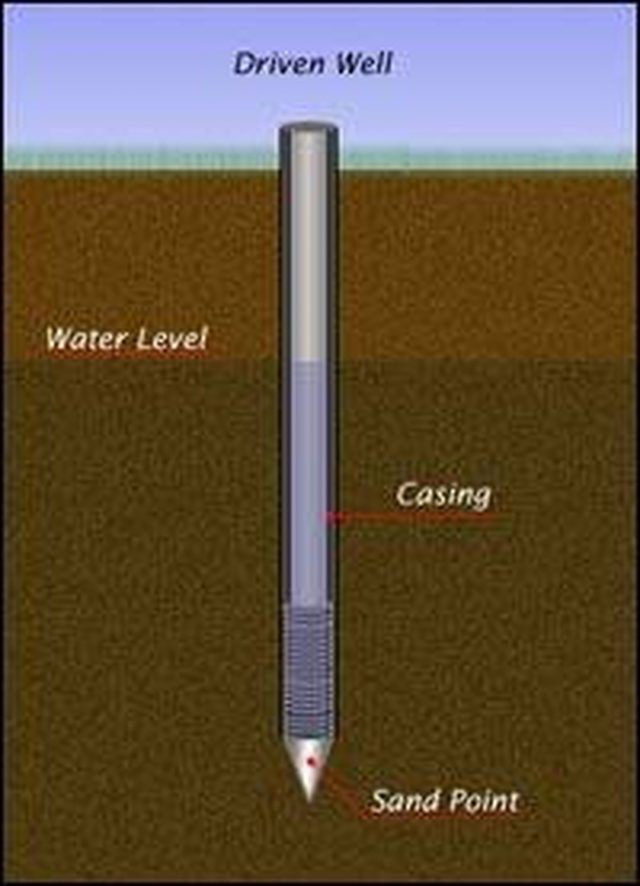Bulbs
Flower Basics
Flower Beds & Specialty Gardens
Flower Garden
Garden Furniture
Garden Gnomes
Garden Seeds
Garden Sheds
Garden Statues
Garden Tools & Supplies
Gardening Basics
Green & Organic
Groundcovers & Vines
Growing Annuals
Growing Basil
Growing Beans
Growing Berries
Growing Blueberries
Growing Cactus
Growing Corn
Growing Cotton
Growing Edibles
Growing Flowers
Growing Garlic
Growing Grapes
Growing Grass
Growing Herbs
Growing Jasmine
Growing Mint
Growing Mushrooms
Orchids
Growing Peanuts
Growing Perennials
Growing Plants
Growing Rosemary
Growing Roses
Growing Strawberries
Growing Sunflowers
Growing Thyme
Growing Tomatoes
Growing Tulips
Growing Vegetables
Herb Basics
Herb Garden
Indoor Growing
Landscaping Basics
Landscaping Patios
Landscaping Plants
Landscaping Shrubs
Landscaping Trees
Landscaping Walks & Pathways
Lawn Basics
Lawn Maintenance
Lawn Mowers
Lawn Ornaments
Lawn Planting
Lawn Tools
Outdoor Growing
Overall Landscape Planning
Pests, Weeds & Problems
Plant Basics
Rock Garden
Rose Garden
Shrubs
Soil
Specialty Gardens
Trees
Vegetable Garden
Yard Maintenance
How Does a Driven Point Well Work?
How Does a Driven Point Well Work?. A driven well is a well dug using a specialized head called a Driven Well Point. This is head also known as a sandy point to a lesser degree. Driven wells are common in parts of the world with soft sandy ground where the water table is high. Such wells typically only delve down between ten and 25 feet at most....

Overview

What is a Driven Well?
A driven well is a well dug using a specialized head called a Driven Well Point. This is head also known as a sandy point to a lesser degree. Driven wells are common in parts of the world with soft sandy ground where the water table is high. Such wells typically only delve down between ten and 25 feet at most. The reason for this is that, in order to make a driven well, the pipes which carry the well water up to ground level arenít placed by drilling so much as they are pounded into the earth. They are unsophisticated and take little effort to make, though because they do not use any sort of drill they are limited to being in areas with loose soil and water close to ground level.
What is a Driven Well Point?
A Driven Well Point is a large head which looks much like an over-sized nail. They are about 2 feet long and 6 inches in diameter. The narrow head is solidly built, with sturdy steel sides, though the interior is hollow. The rear half of the head has many holes cut into the sides which are blocked with a fine steel mesh. The sides along the very back inch of the head have a ring of indentations were pipes can be screwed into place.
How Does a Driven Point Well Work?
The Driven Well Point is pounded into the ground where the well is to be by hand, usually with a sledgehammer. Once itís firmly planted, a motorized pipe driver is set up. Itís a large metal tripod with a vertical piston suspended in the middle, the piston pointing straight down. A section of well pipe is connected securely to the back of the Driven Well Point so that its back end is standing below the pipe driver. The pipe driver is engaged. It hammers the pipe into the ground until itís time for another length of pipe to be connected and the process repeated. Once the head has reached a sufficient depth, a hand pump is connected to the back end of the pipe and water is pumped up to the surface until it runs clean, with no sand or sediment discoloring the water. The last length of pipe is pounded so that itís just above ground level. With the well dug, a motorized well pump is connected to it, the outlet of the pump running to a spigot or to fulfill the needs of a household.